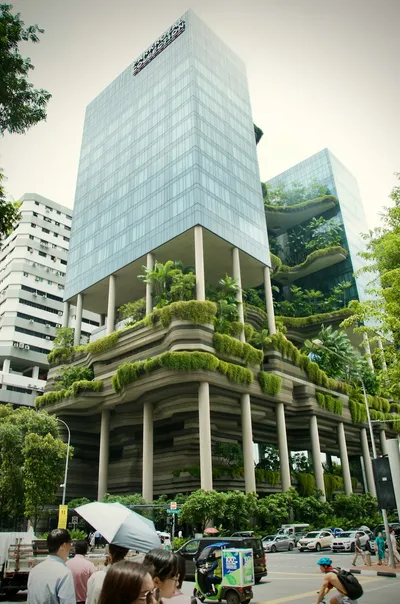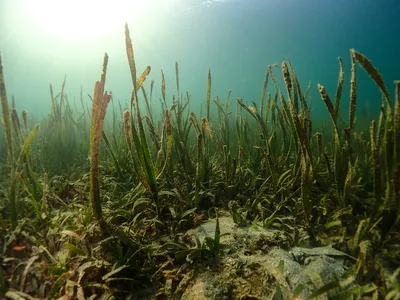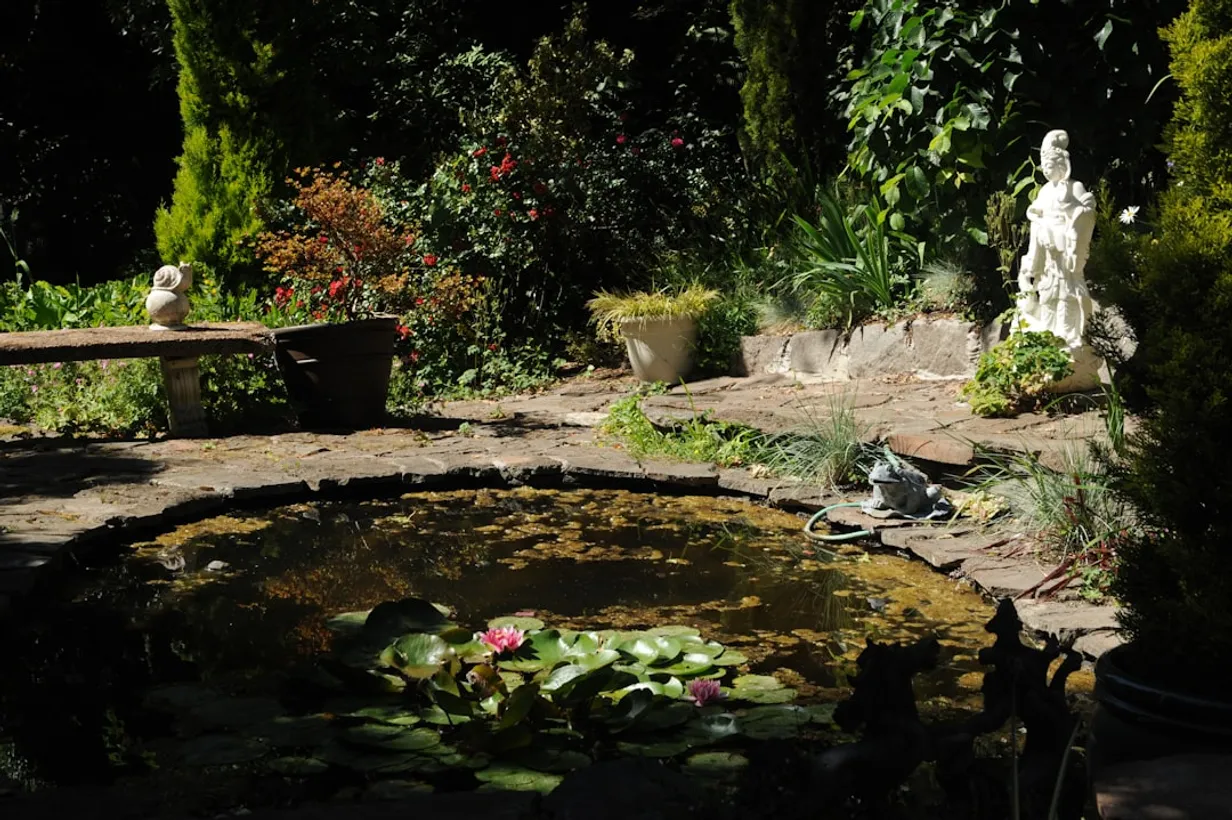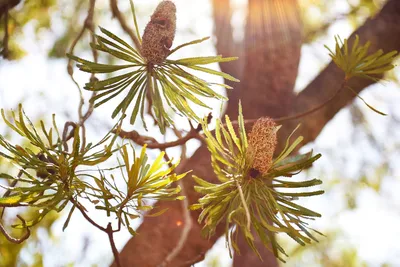Why Frogs Matter in Your Garden
Frogs play a vital role in the ecosystem as both predators and prey. They help control pesky insect populations, maintaining balance in your garden. Their presence also indicates a healthy environment, as frogs are sensitive to changes in their surroundings.
Understanding Frog Habitats
Frogs require specific conditions to thrive, including access to clean water, shelter, and food sources. It is crucial to understand these needs to create a welcoming habitat that enhances biodiversity in your garden.
Water Features
A pond or water feature is an essential component of a frog-friendly garden. Ensure the water is chemical-free and has gentle sloping sides for easy access. Native aquatic plants can provide shade and breeding grounds, while encouraging beneficial insects that frogs feed on.
Shelter and Cover
Provide plenty of shelter in the form of logs, rocks, and dense plantings. These offer hiding spots from predators and safe places for frogs to rest. Groundcovers and small shrubs also create humid environments frogs love.
Selecting Native Plants
Utilizing native flora supports local wildlife, including frogs. Plants like Lomandra and Juncus varieties not only offer shelter but also support an ecosystem welcoming to insects that frogs prey on.
Avoiding Chemicals
Frogs have permeable skin, making them highly susceptible to pollutants. Avoid using pesticides and fertilizers, opting for organic methods to control pests and enhance soil nutrition. This approach promotes an overall healthier garden environment.
Monitoring and Maintenance
Regularly check your water features for clarity and check plant health. Tidy up potential debris, but leave some leaf litter as habitat. Monitoring these aspects will help maintain a supportive environment for your amphibian visitors.
Community Involvement and Education
Sharing your experiences and learning helps others become aware of the importance of frogs and biodiversity. Consider participating in or starting local conservation projects, contributing to the larger ecological stewardship in Australia.
Creating a frog-friendly garden not only enriches your outdoor space but also supports vital wildlife populations. By implementing these strategies, you contribute to a sustainable and thriving ecosystem in your backyard.
Popular Gardening Guides
Explore our most loved gardening articles, featuring expert advice on plant selection and sustainable practices.

Integrating Vertical Gardens into Your Home Space



